General Information
Meetings
THMRA meetings are held quarterly on the second Saturday of January, April, July, and October.
Locations will be announced on Weekly 2m Nets.
Anyone interested in amateur radio is invited to attend all meetings. Meetings are a time for fellowship as well as the conduction of the business of the association.
Nets
Weekly nets are held every Tuesday evening at 7:00 PM Central Time on the N4THM 2m repeater on 146.865(-) with an access tone of 131.8 Hz.
Nets are a time for training as well as discussion of topics that may be of interest to all radio operators. Announcements that may be of interest to the amateur radio community as well as topics for discussion are welcome. There is also a time for swap shop items to be listed on the net.
ARES and Public Service
THMRA supports the Amateur Radio Emergency Service (ARES).
The THMRA repeaters are always available to support emergency service needs in the area. Members are encouraged to participate in ARES and public service. SKYWARN and severe weather nets are conducted on the N4THM repeaters as needed. Served agencies include the Cleburne County EMA, local law enforcement and the volunteer fire departments.
Field Day
Sponsored by the American Radio Relay League (ARRL) and held annually on the fourth full weekend of June, Amateur Radio Field Day is one of the biggest events in Amateur Radio.
THMRA has been participating in Field Day almost every year since the Association was formed in 2001. In the early years, the THMRA Field Day was held at the N4THM repeater site. In later years, we operated as Class 2F from the Ranburne Volunteer Fire Department. More recently we have been operating from in the “field” at the Corner of Cleburne County Road 49 and County Road 30 about 2 miles North of Ranburne, Alabama.
The following photos are a sample of our Field Day operations.
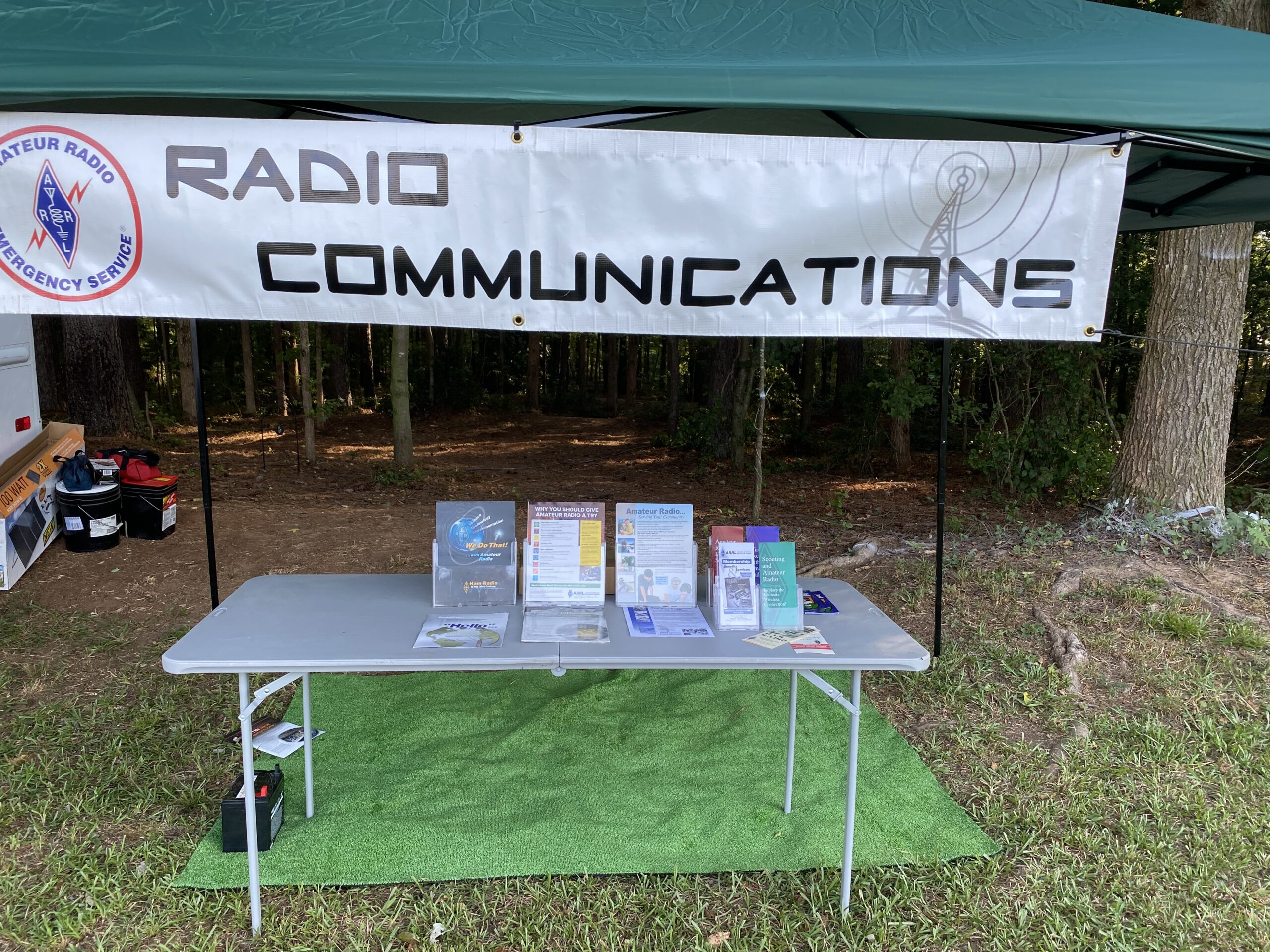
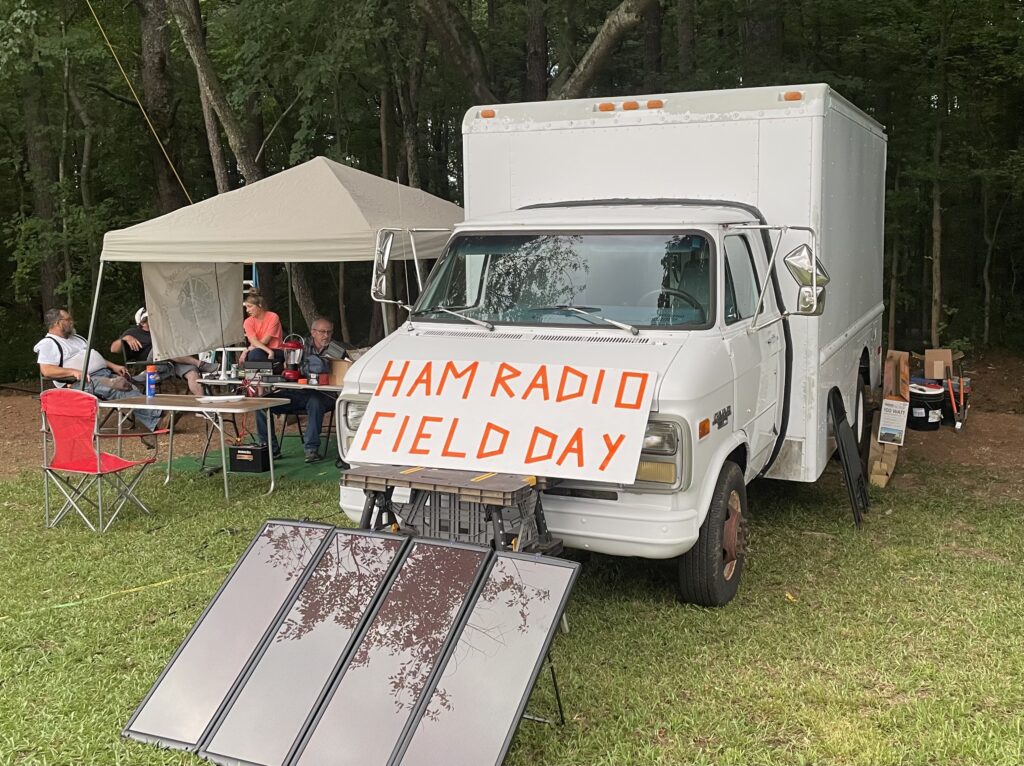
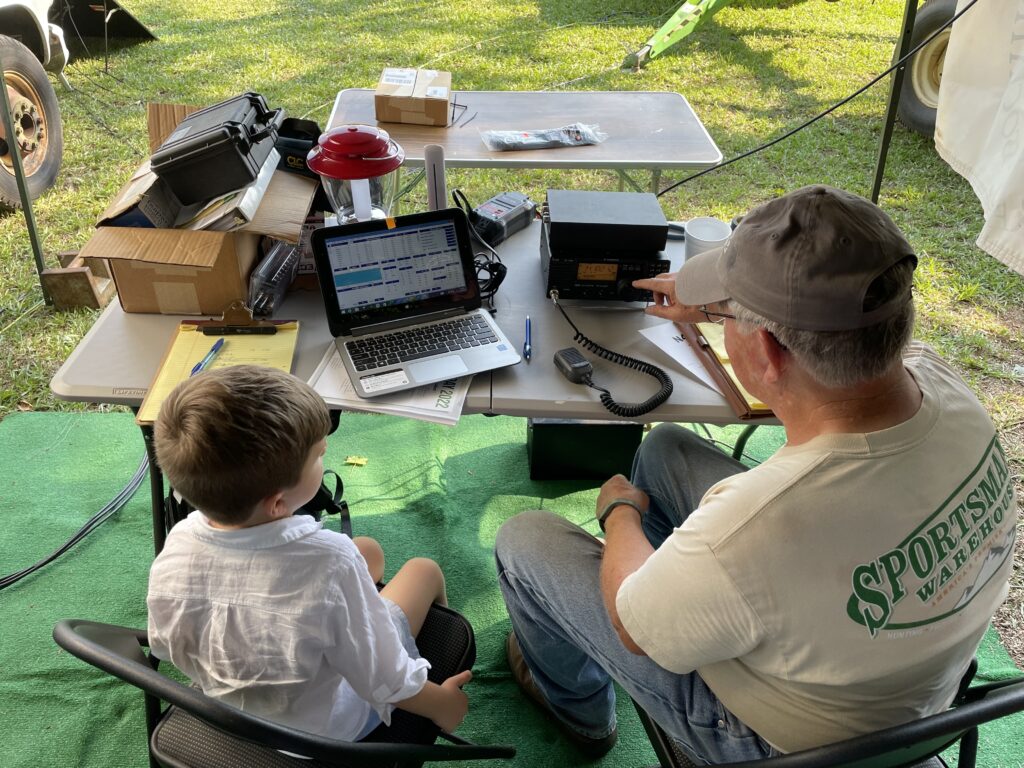
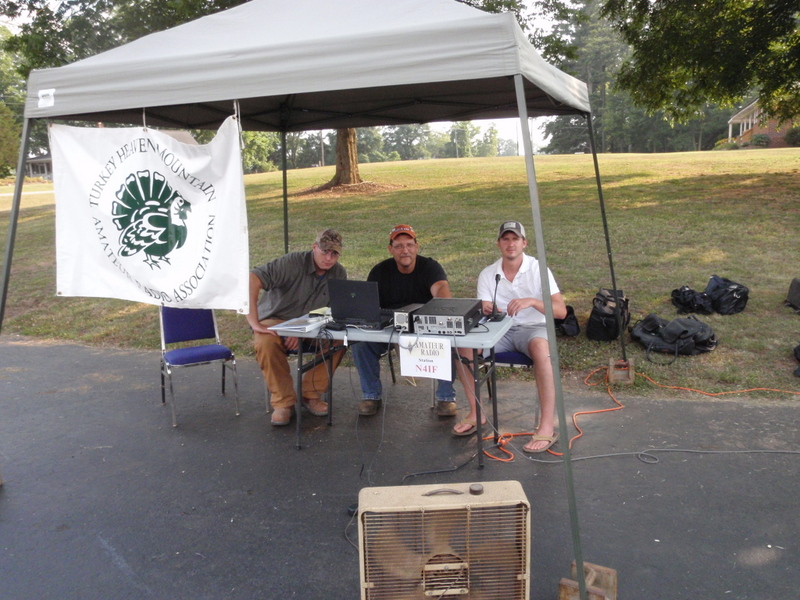
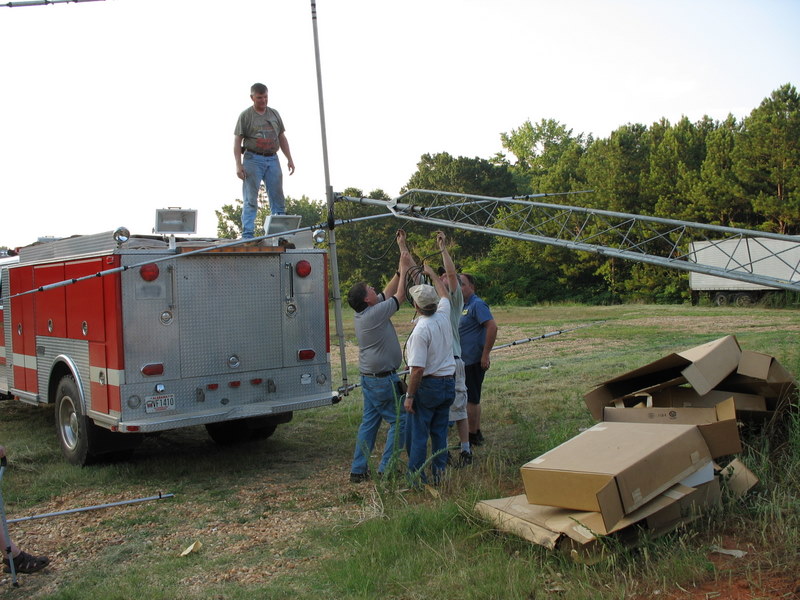
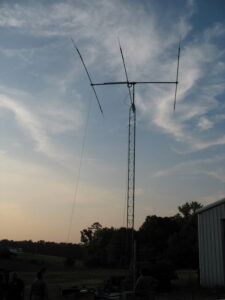

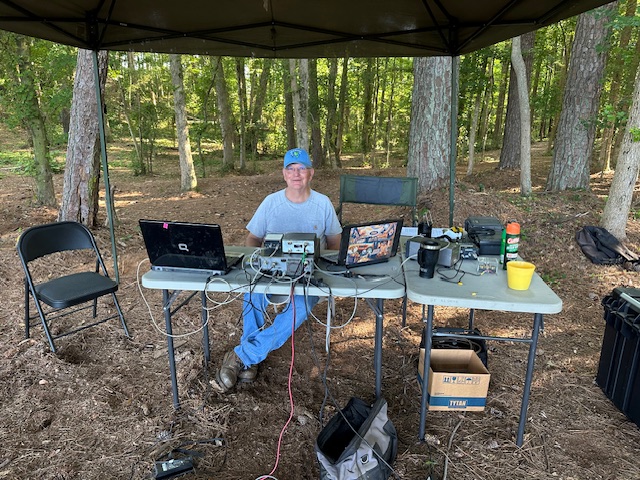
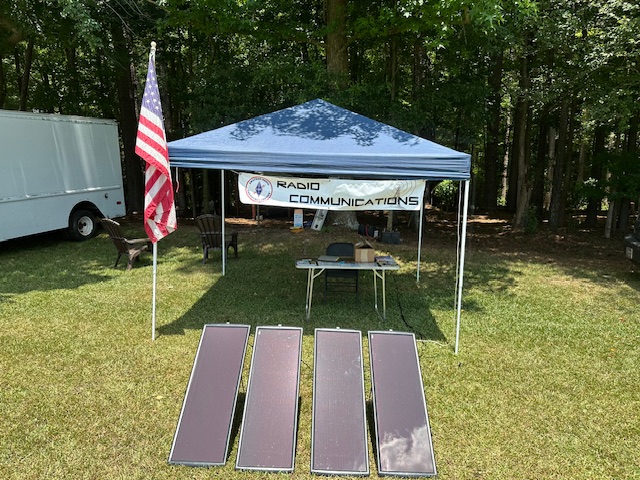
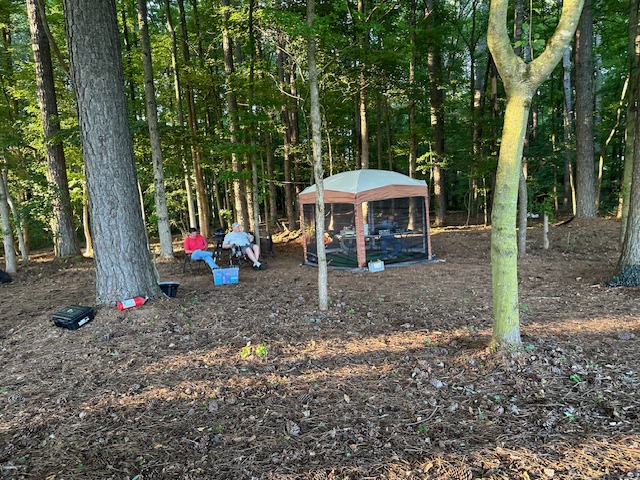
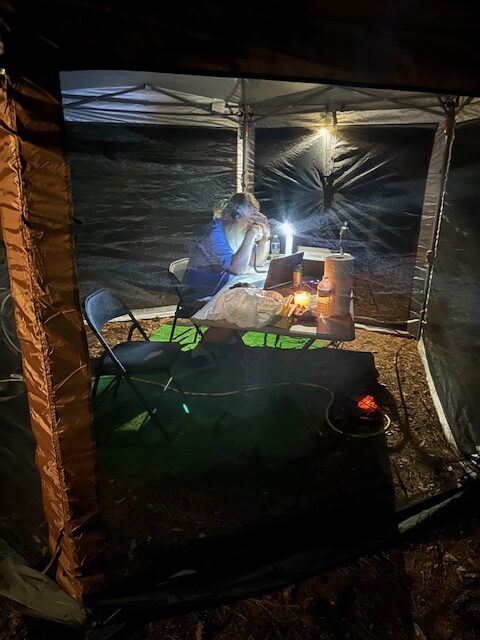
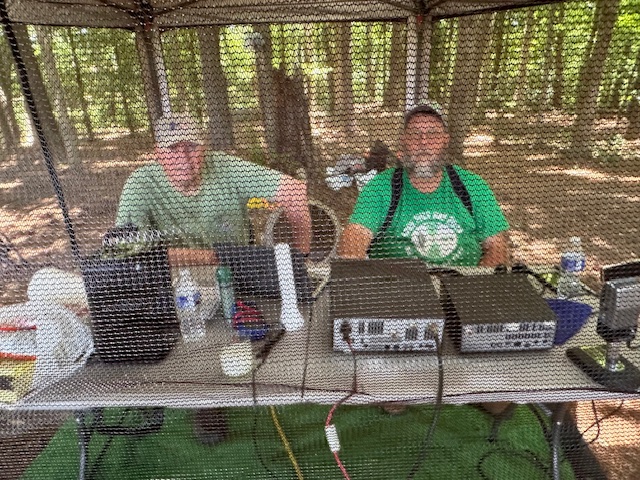
What is Amateur Radio?
Amateur (Ham) Radio is sometimes refered to as a “hobby.” However, it is much more than a hobby and is actually a SERVICE as set forth by the Federal Communication Commission (FCC).
CFR Title 47: Telecommunication
PART 97—AMATEUR RADIO SERVICE
Subpart A—General Provisions
- 97.1 Basis and purpose.
The rules and regulations in this part are designed to provide an amateur radio service having a
fundamental purpose as expressed in the following principles:
(a) Recognition and enhancement of the value of the amateur service to the public as a voluntary
noncommercial communication service, particularly with respect to providing emergency communications.
(b) Continuation and extension of the amateur’s proven ability to contribute to the advancement of
the radio art.
(c) Encouragement and improvement of the amateur service through rules which provide for
advancing skills in both the communication and technical phases of the art.
(d) Expansion of the existing reservoir within the amateur radio service of trained operators,
technicians, and electronics experts.
(e) Continuation and extension of the amateur’s unique ability to enhance international goodwill.
The Radio Amateur’s Code
The Radio Amateur is
CONSIDERATE…The radio amateur never knowingly operates in such a way as to lessen the pleasure of others.
LOYAL…The radio amateur offers loyalty, encouragement and support to other amateurs, local clubs, the IARU Radio Society in their country, through which Amateur Radio in their country is represented nationally and internationally.
PROGRESSIVE…The radio amateur keeps their station up to date. It is well-built and efficient. Their operating practice is above reproach.
FRIENDLY…The radio amateur operates slowly and patiently when requested; offers friendly advice and counsel to beginners; kind assistance, cooperation and consideration for the interests of others. These are the marks of the amateur spirit.
BALANCED…Radio is a hobby, never interfering with duties owed to family, job, school or community.
PATRIOTIC…The radio amateur’s station and skills are always ready for service to country and community.
– adapted from the original Amateur’s Code, written by Paul M. Segal, W9EEA, in 1928
